Genomic editing tools can reverse disease causing mutations to provide cures — once we can conquer the remaining barriers.
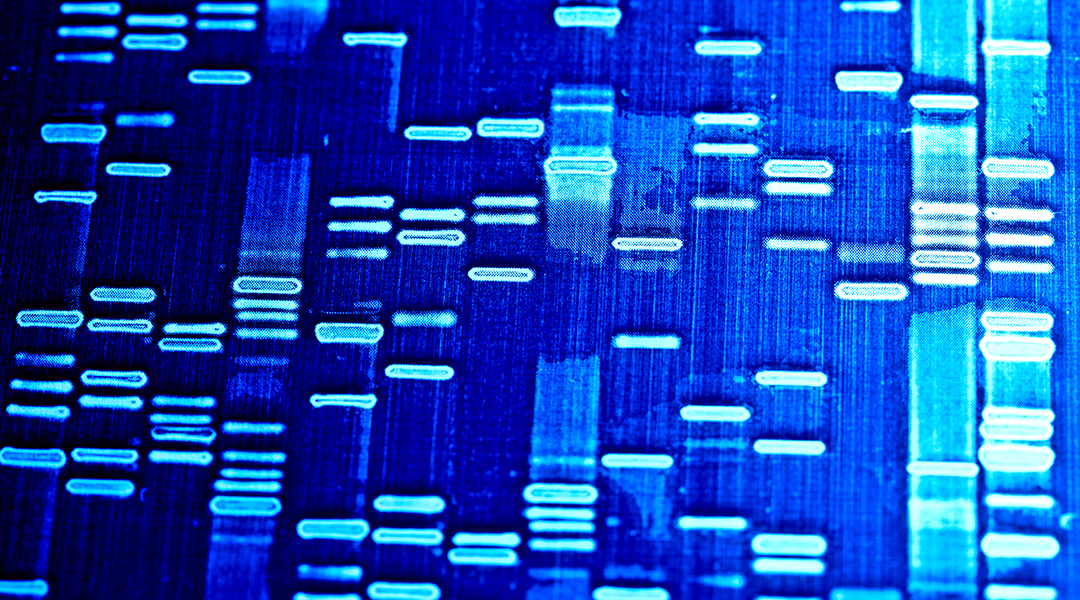

Genomic editing tools can reverse disease causing mutations to provide cures — once we can conquer the remaining barriers.
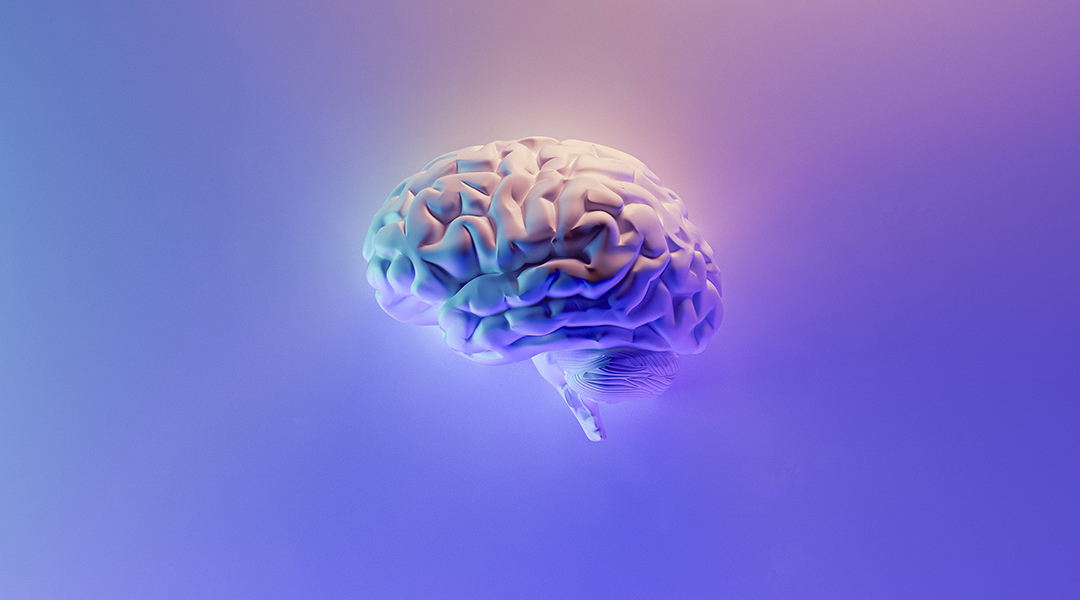
“Brain-on-a-chip” shows minute-by-minute how the blood–brain barrier reacts to high levels of inflammation.
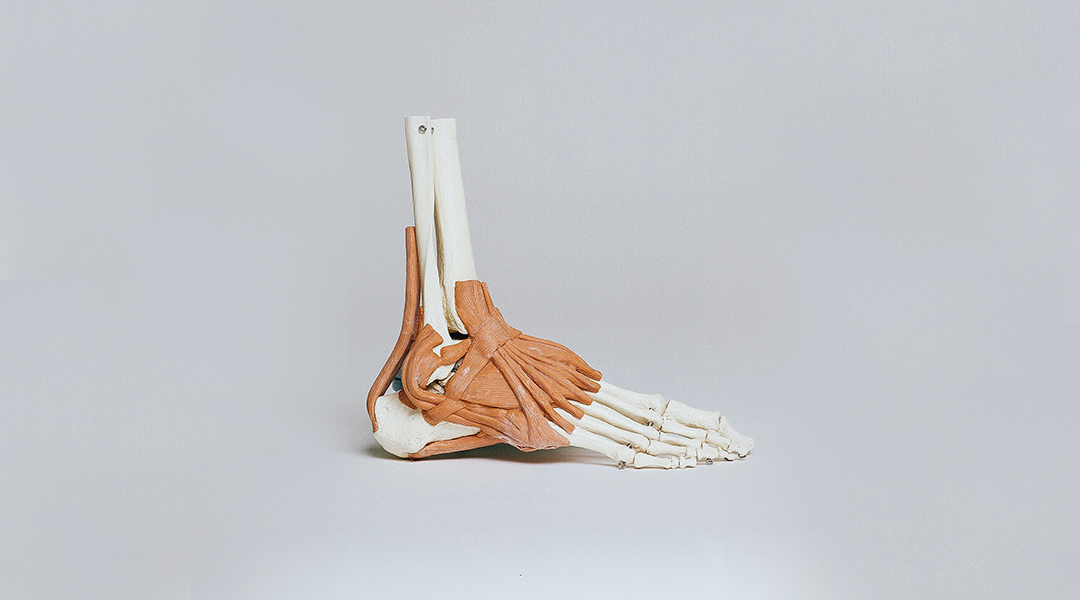
Micropillar arrays using UV nanoimprint lithography essentially trick cells to become bone.
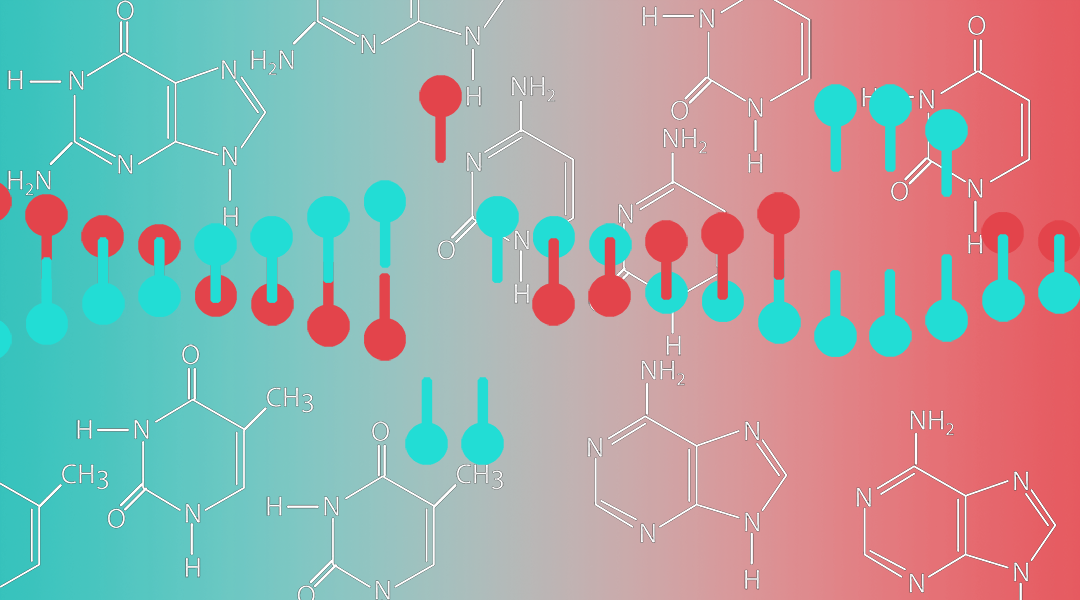
Here we take a look at how CRISPR, the revolutionary “molecular scissors”, works and where its being used.
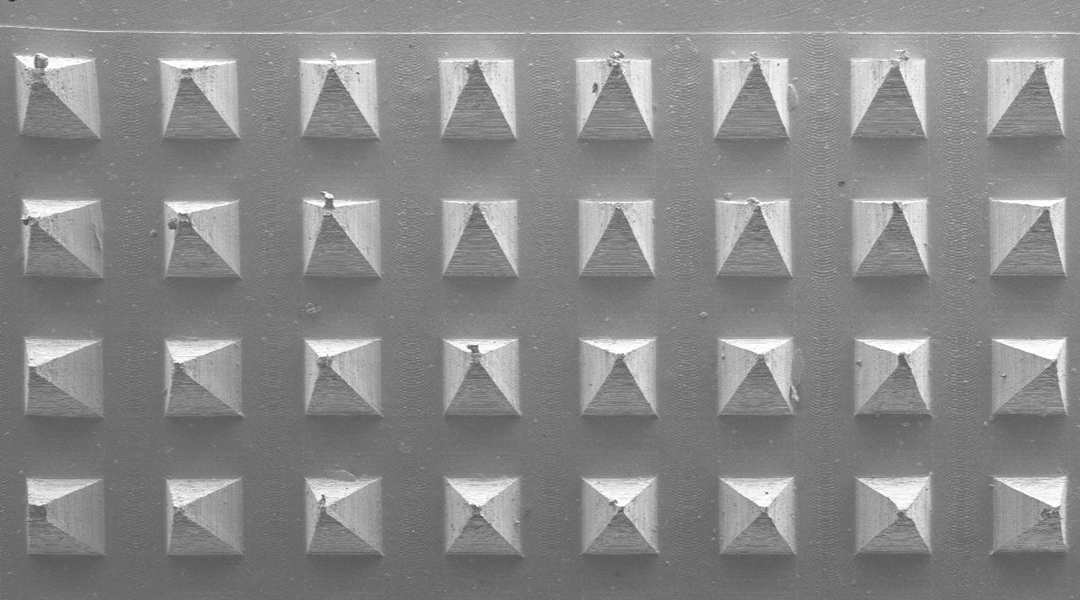
Minimally invasive delivery of capsaicin into adipose tissues under the skin shows promise for countering obesity.
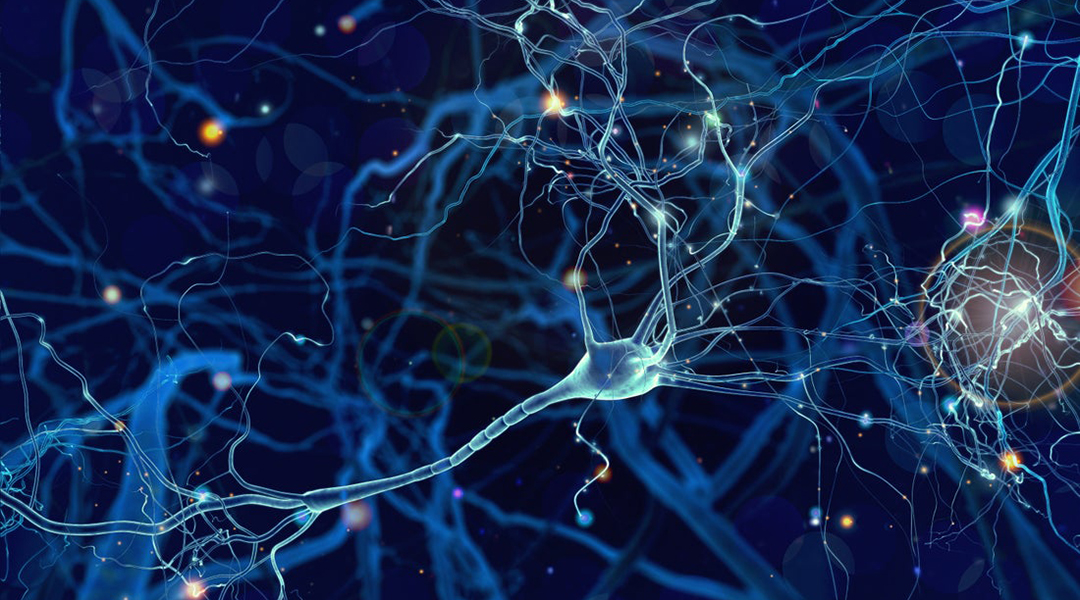
A new study provides hope for Parkinson’s disease, showing that neuron grafts using patients’ own cells have the potential to manage and even reverse symptoms.
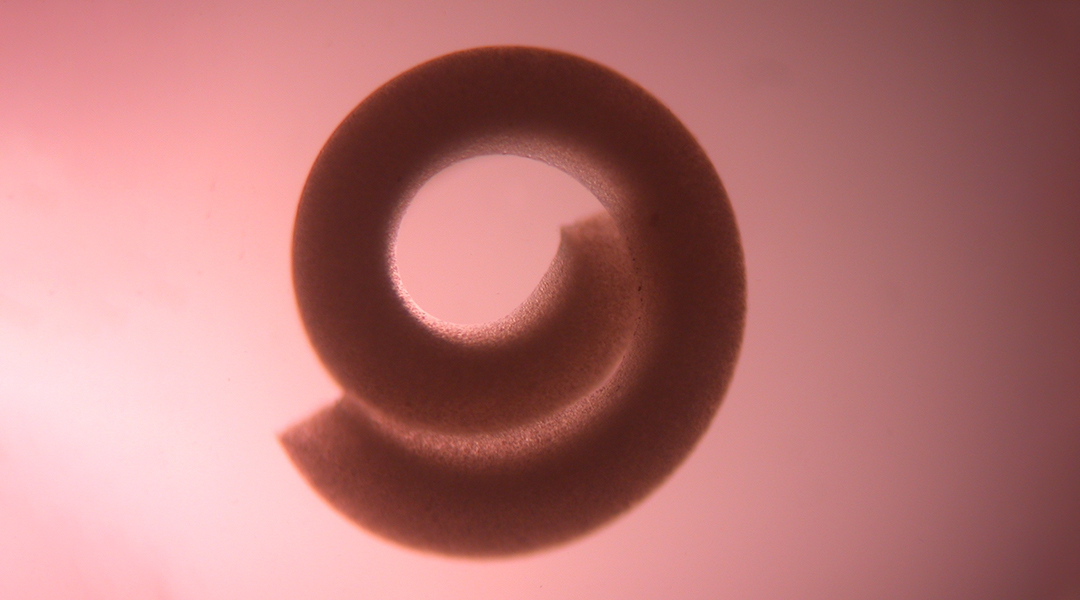
A new hydrogel can incorporate high cell density constructs to better mimic the rearrangement of native tissue in bioengineering.
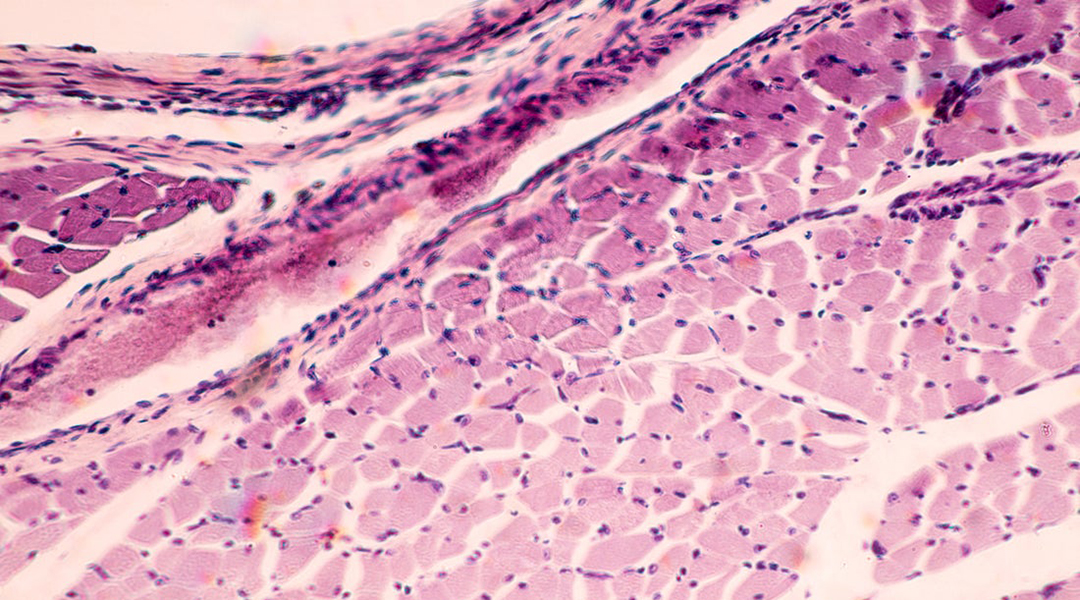
A new tissue regeneration strategy that employs direct cell reprogramming in combination with a new hybrid scaffold shows promise in proof-of-concept study.
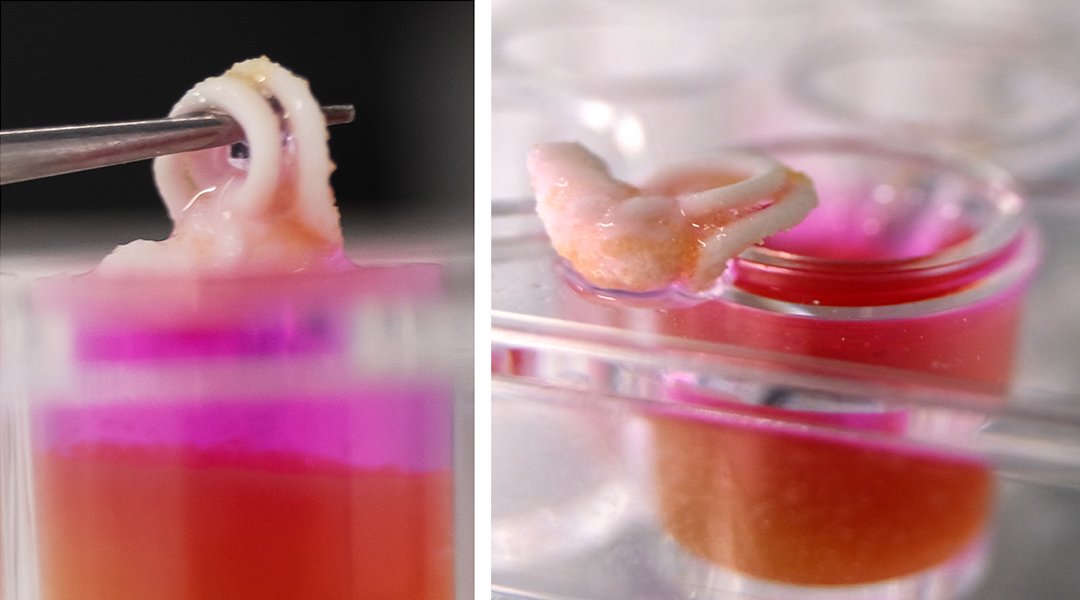
Researchers develop a new strategy to 3D print bone-mimicking structures at room temperature incorporating live, bone-forming cells.
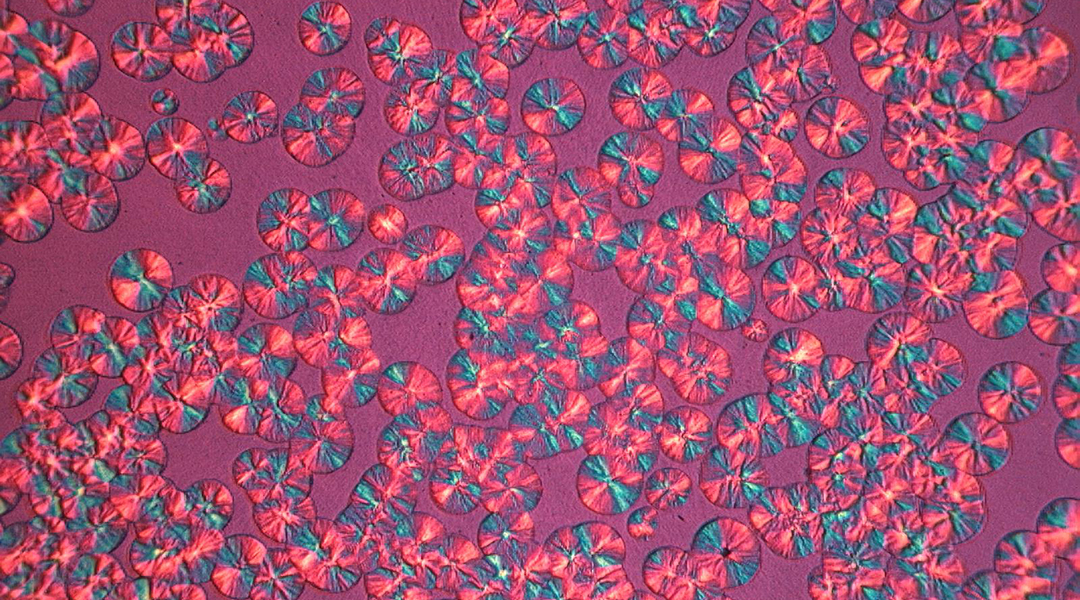
Bringing science to life through spectacular images.